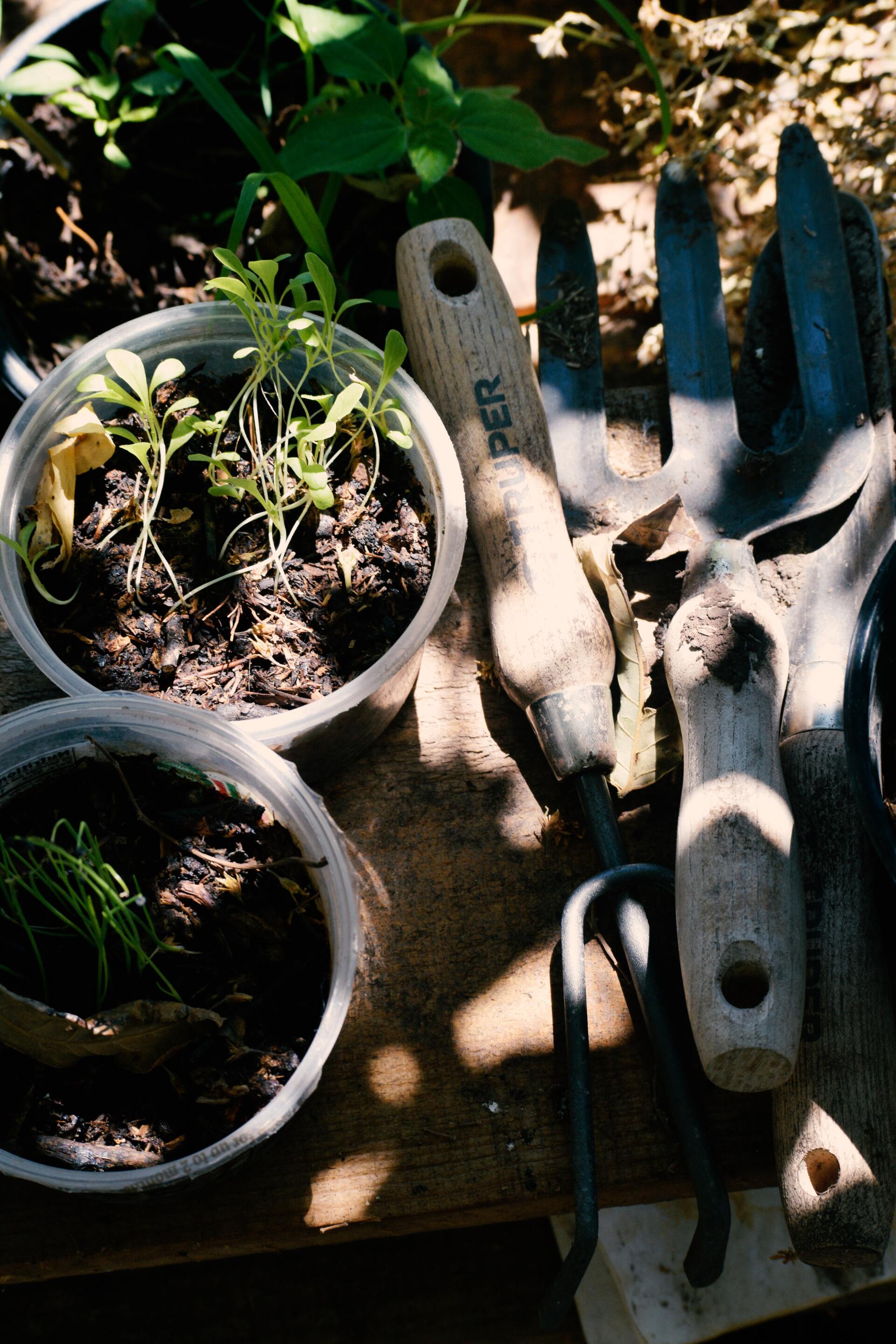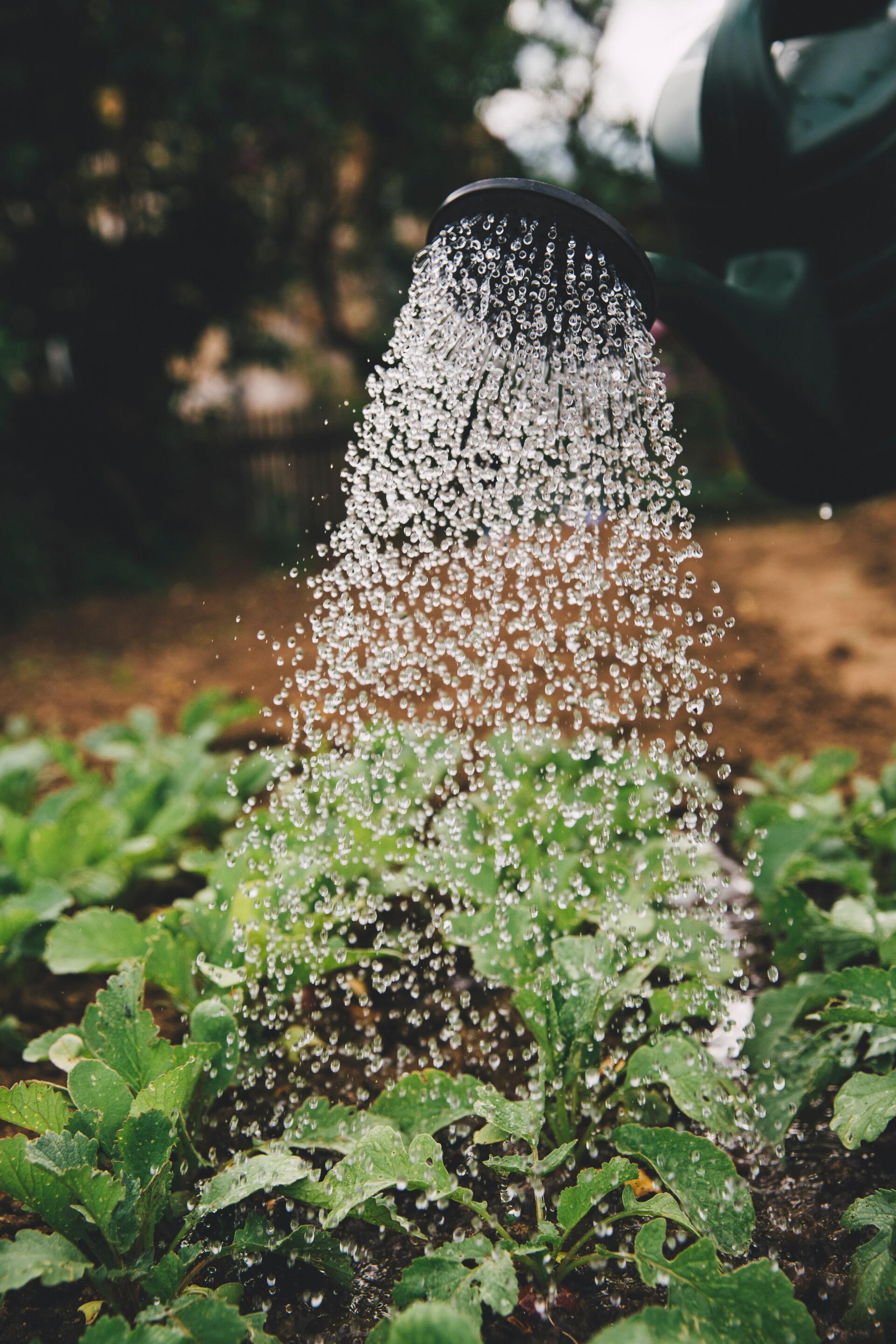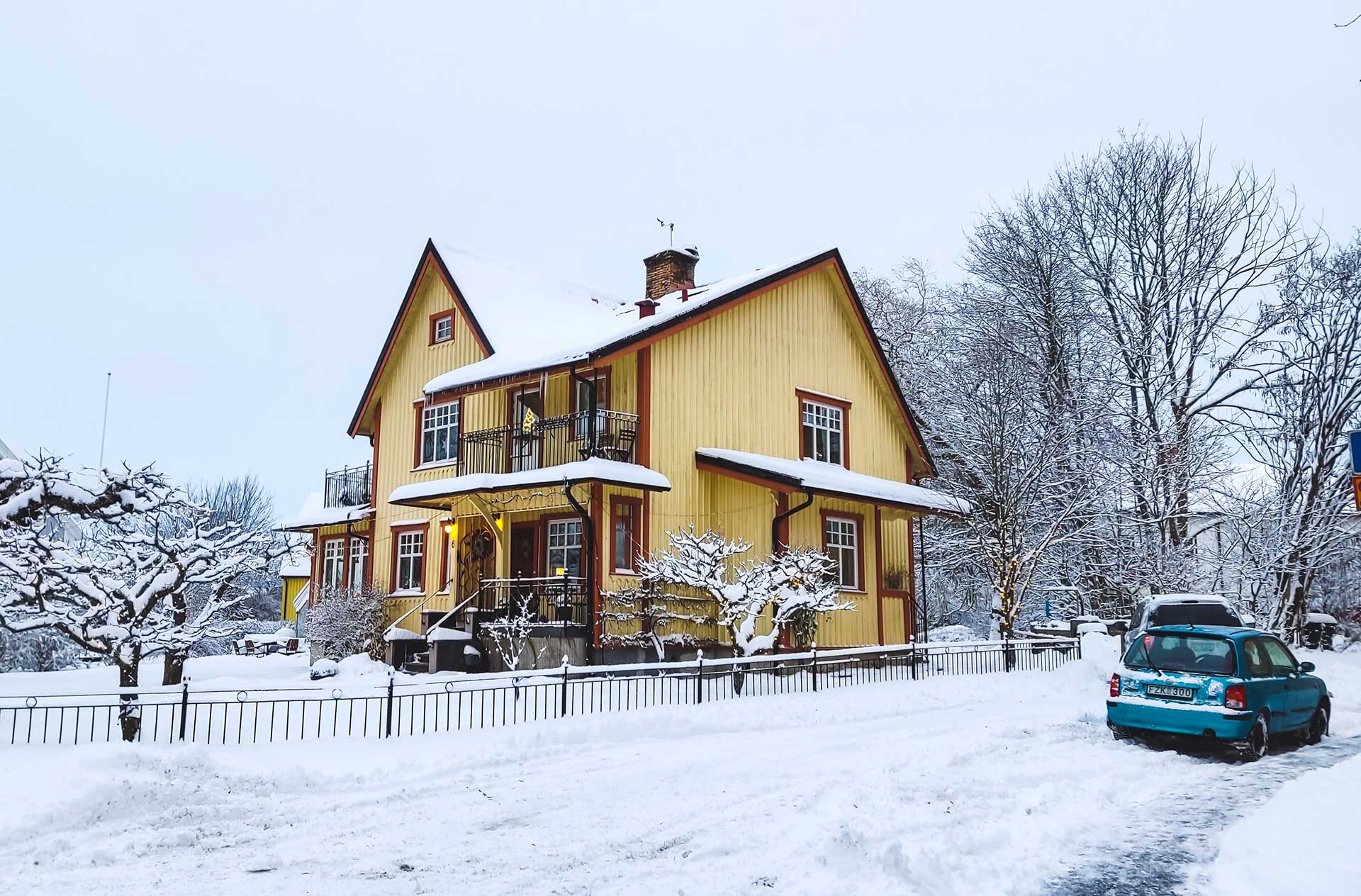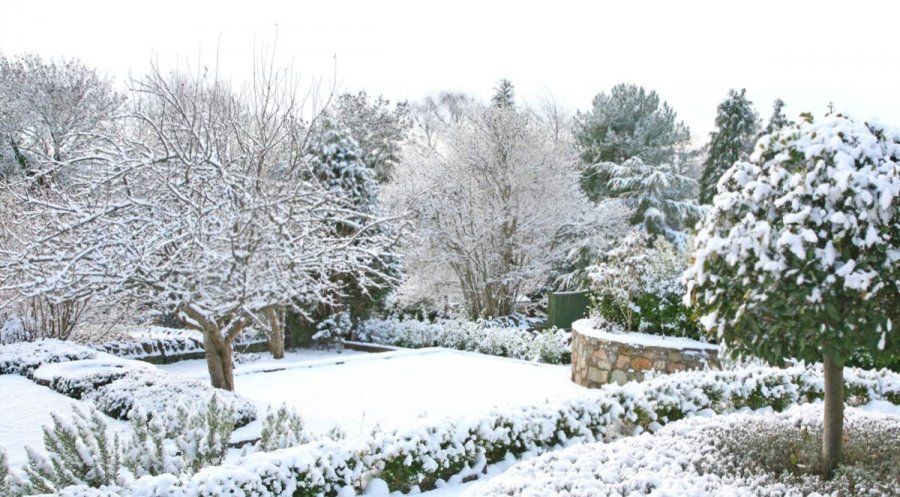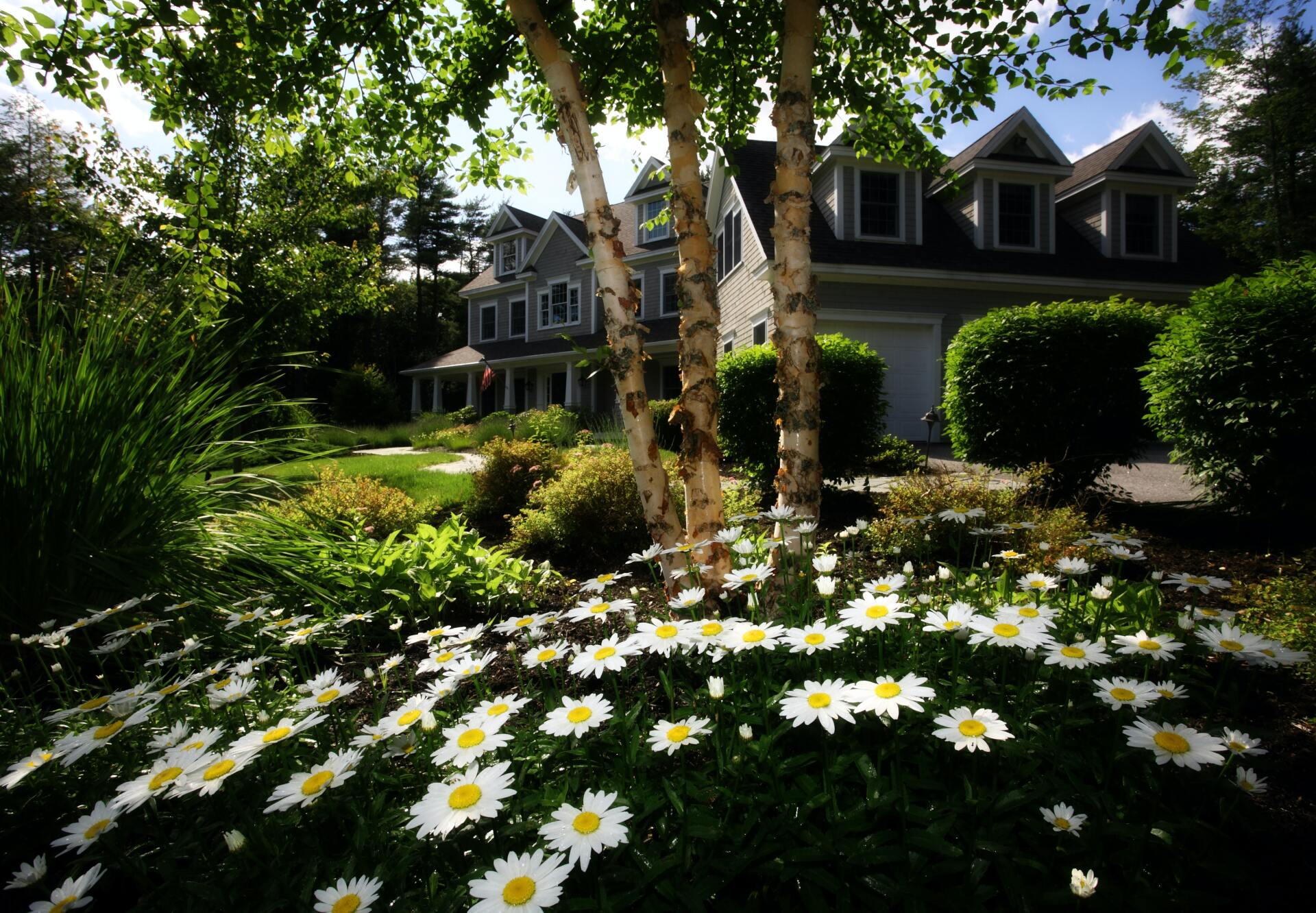Tips for Keeping Your Decorative Landscaping Safe During Harsh Winter Temperatures
January 4, 2020
You’ve spent a lot of time and money on your decorative landscaping, so the last thing you want is for the harsh winter temperatures to damage all of your gorgeous shrubs and trees. Fortunately, there are several different things you can do to protect your landscaping, even if the temperature drops to record lows in your area.
Know What to Plant
The first step is to understand which flowers, shrubs, and trees can not only survive, but also thrive in your environment. If you know you tend to have long, harsh winters, be sure to landscape using plants that can withstand those temperatures. Typically, you can find this information online or on the plant tag itself. Refer to the plant hardiness zone map to find out which zone you are in and which plants will survive in that given climate.
Keep Your Landscaping Healthy
Don’t stop fertilizing in the fall. Keep it up until the first freeze. In fact, there are specific fertilizers high in nitrogen, potassium, and phosphorous that are designed to help get your yard through the winter.
Put Down Mulch
Keeping a layer of mulch over the roots of your plants will protect them from the cold. Mulch not only gives the landscape beds a finished look, but also acts as a warm winter blanket when the temperatures dip down low.
Protect Roots from Road Salt
During inclement winter weather, your town will salt the roadways which can also reach some of the plants on your property. Also, when you or your snow contractor spreads salt or calcium chloride, it is inevitable that the plants will receive some of the overspray. In areas where this may be a possibility, try to choose plants that are salt tolerant. Also, choose plants that are considered hardy and can withstand piling of snow from shoveling or plowing. It is always a better practice to use calcium chloride rather than salt on all pavers, natural stone, etc.
Mow Before Winter / Remove leaves
When the temperatures start to fall, mow your yard one last time with your mower set to its lowest setting. Cutting the grass as short as you can helps protect it from snow mold and frostbite, plus it will keep rodents and other pests from building nests in your yard.
Remove leaves
Remove all the leaves from grass areas, planting beds, and paved surfaces. Allowing leaves to accumulate on the lawn will prevent the lawn from breathing and you will end up with bare spots in the spring. Remove all of the leaves from paved surfaces as the leaves will stain which may be very difficult to get clean.

The best time to start planting for the fall season is now. The cooler summer nights and shorter days are perfect for getting out in the garden, digging your hands into rich soil, and having some fun! This blog post will give you a list of books that will help turn your gardening endeavors from a chore into an enjoyable experience.
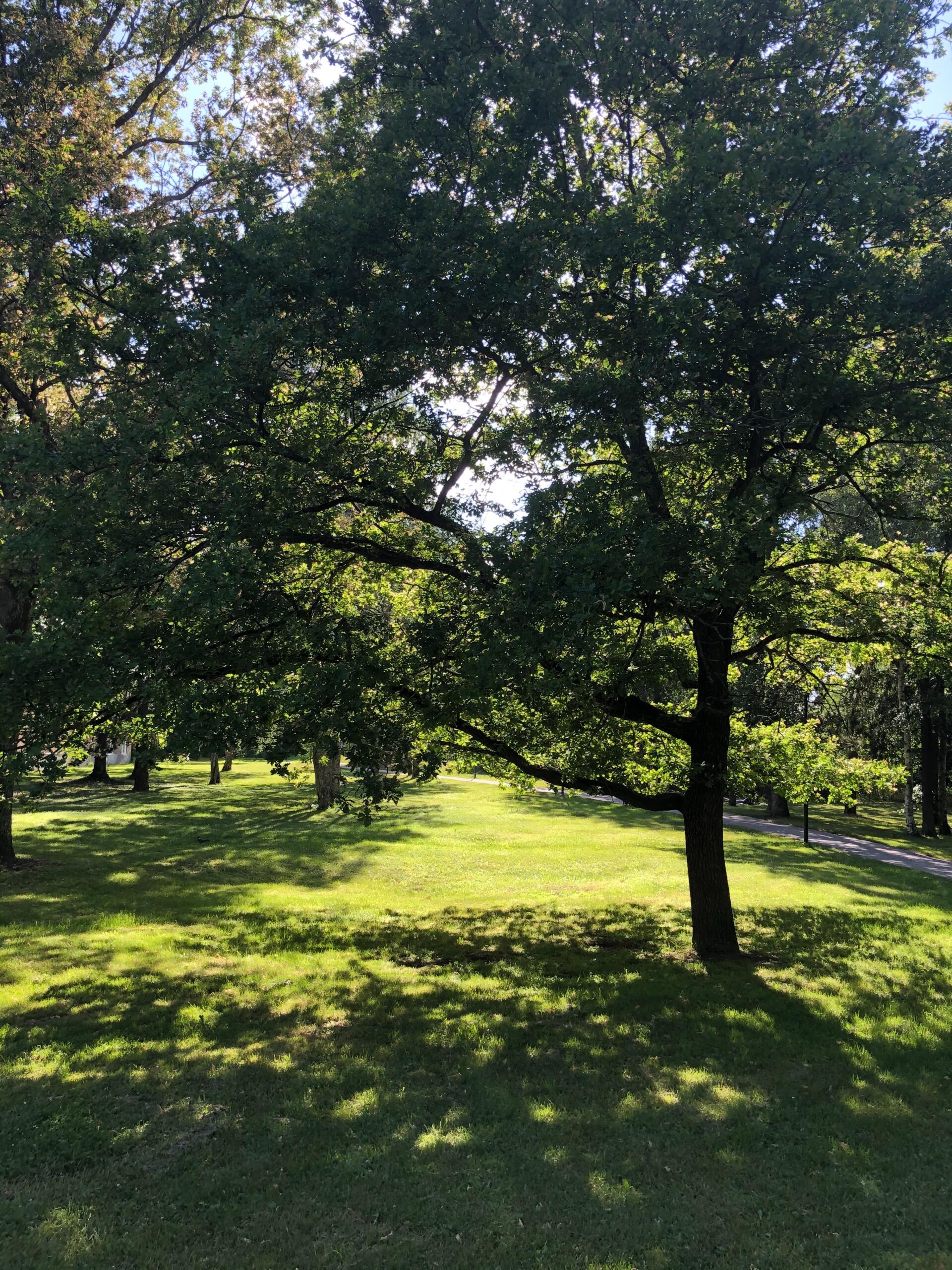
Many people don't realize that trees are a great way to provide shade in the summer. This is especially important for those who spend lots of time outside and want to avoid getting sunburned! Trees also make your yard look nicer and help cool down your home with their leaves and branches, keeping it cooler on hot days.

Why reserve landscaping for your outdoors? Bring nature into your indoor space and intimately commune with your choice of plants. Their vibrant colors and scents make for a welcoming environment and soften the concrete and wood of human structures. No need to stop nature at your front door. Unused space can be transformed to become colorful and relaxing while you share your habitat with Mother Nature and her lovely creations and add natural beauty to your home. Utilizing proper planning and the right plant selection will transform your home and add color and scent to your surroundings. Extend your landscape through your living room, bedroom, and beyond.
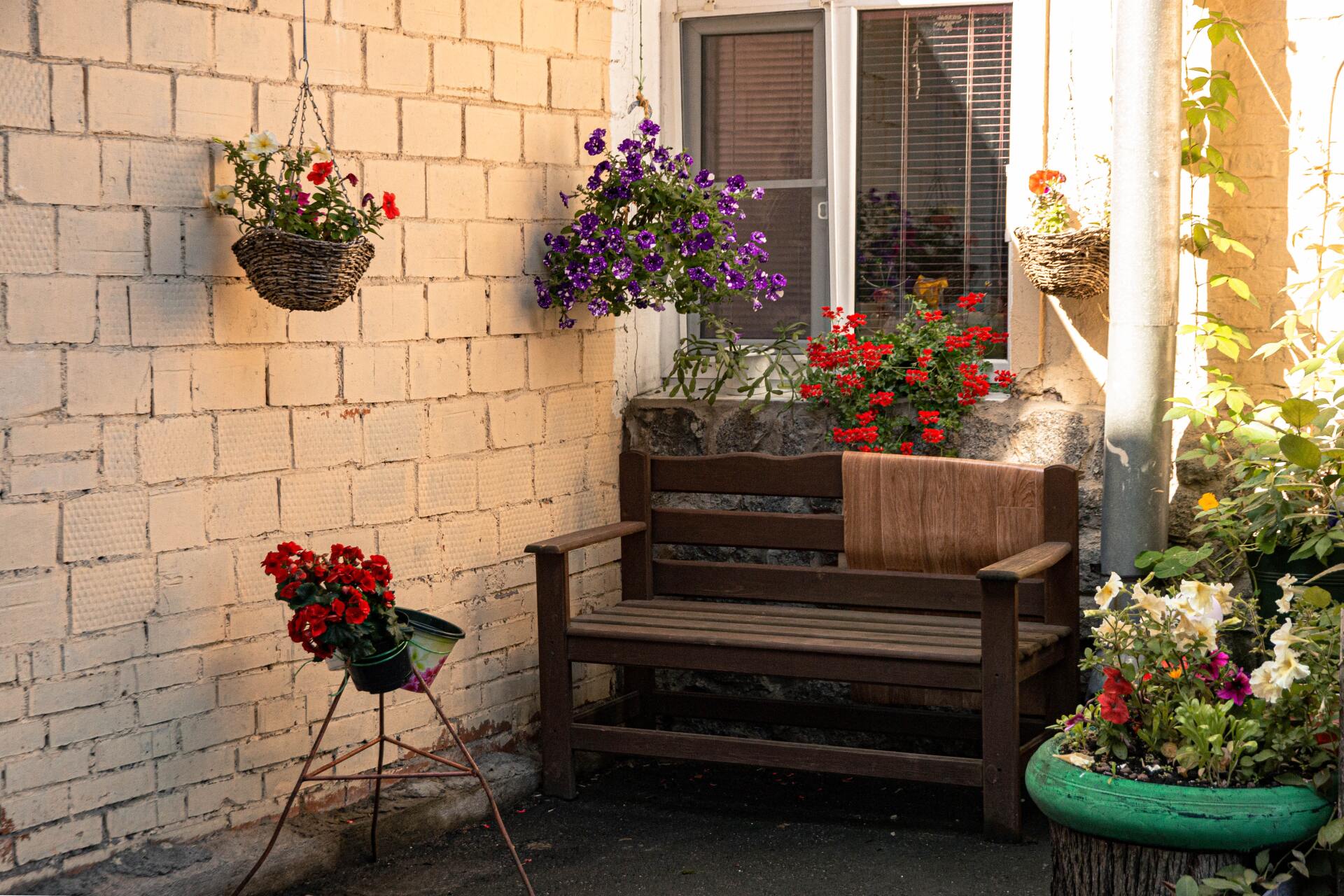
The first thing that pops into my head when I think of flowers is the sweet scents they give off, but there are so many other things to love about them too! Flowers can be used in various ways - from adding some color to your home decor to making someone feel better with bouquets. But did you know that certain flowers will continue blooming all year round? If you are looking for some great flower ideas, then read on.


